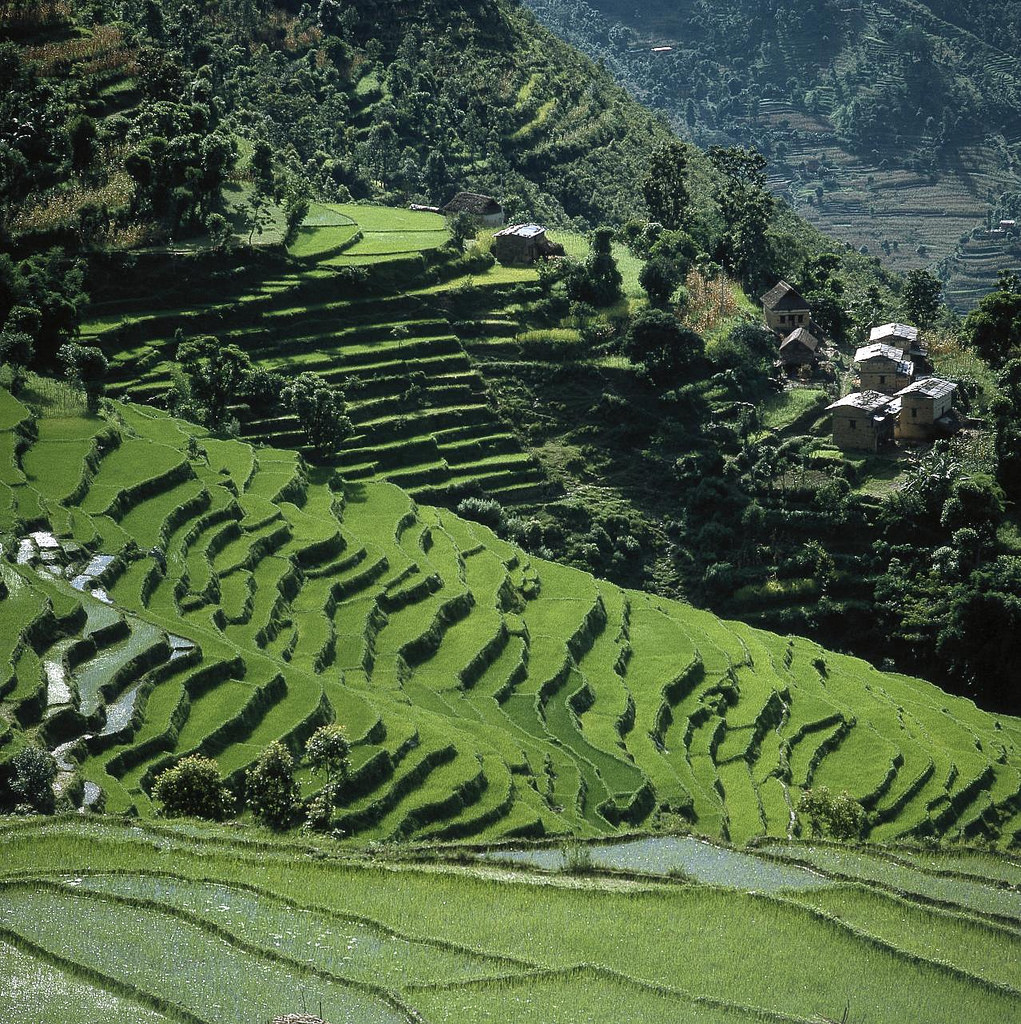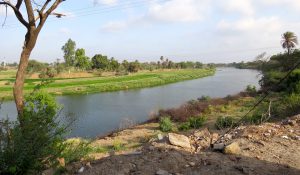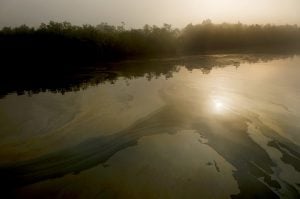The Hindu Kush Himalaya (HKH) is one of the most dynamic, diverse, and complex mountain systems in the world, providing fresh water resources to more than 210 million people in the mountains and 1.3 billion people downstream. Several river and glacial systems originate in the HKH, making the region a “Third Pole” of the Earth. Scientific evidence shows that most glaciers in the HKH are shrinking, but the consequences of this melt for the region’s water systems, especially groundwater, is not clear.
Studies show that at lower elevations, glacial retreat is unlikely to cause significant changes in water availability over the next couple of decades, but other factors, including groundwater depletion and increasing human water use, could have a greater impact. Higher elevation areas could experience altered water flow in some river basins if current rates of glacial retreat continue. The shifts in the location, intensity, and variability of rain and snow due to climate change impacts will likely have a greater impact on regional water supplies and groundwater recharge than glacial retreat.
Surface and groundwater interaction in Himalayan rivers
Glaciers are the primary source of recharge to groundwater in the HKH, particularly in the mountains. In the foothills, rainfall also contributes to groundwater recharge, but due to the steep topography and rocky surfaces, most of that water flows out of the area and does not infiltrate the subsurface where it can be stored.
Therefore, springs are the major groundwater sources in the region. Groundwater storage within catchments also forms an important component of the overall Himalayan water budget. Increased melting may initially increase the volume of water in rivers, which could mean more flooding, but as glaciers recede and disappear the amount of meltwater entering rivers could decrease significantly. Such a situation would result in a substantial decline in the rates of groundwater recharge in some areas. Combined with variations in summer monsoon precipitation and surface water flows, depleted groundwater would lead to highly significant water stress in many parts of the HKH and downstream.
Spring water has been used by the mountain people since ancient times to meet their basic needs – but the future of this supply is uncertain. Increasing population, technological advances for withdrawing water, changes in rainfall patterns, and poor water policy frameworks have impeded attempts for better groundwater management.
Towards improved surface and groundwater management
Three challenges confront our ability to manage surface and groundwater more effectively in the HKH.
- We lack consensus about the interrelationship between surface and groundwater because focus on these issues is relatively recent and because we are changing how we investigate these issues. Formerly, glacier studies dominated this field, but these have not provided adequate explanation for drying springs and groundwater charge processes. For this reason, we now take a landscape perspective on the HKH hydrology, looking valley to valley to corroborate our understanding.
- Data sharing and regional cooperation is low in the HKH. This inhibits our ability to build understanding about surface and groundwater relationships. In the process, we lose valuable time to provide policy makers with solid data for action.
- There is little coordination for restoration of water in the HKH, because water regimes are transboundary, but water management plans are national. National plans for water restoration tend to focus on short-term needs without proper consideration of long-term consequences. Referring back to point 2, there is great need for countries in the HKH to expand the scope of their focus to conserve transboundary aquifer systems.
The “Third Pole” of the HKH continues to provide resources and services to a significant portion of the world’s population. But like all ecosystems, near and far, its water systems require greater attention guided through better regional cooperation.







